Some Chinese banks have started raising interest rates amid growing bad consumer loans in a dramatic U-turn just weeks after slashing them to unprecedented lows, a move that is expected to weigh on Beijing’s efforts to stimulate a sluggish economy.
Banks including China Construction Bank, China Merchants Bank, Bank of China, and Hua Xia Bank have raised rates on consumer loans to at least 3%, according to bank officials and online applications.
The new rates come into effect from Tuesday.
Just last month, banks cut rates to a record low of about 2.5%, in response to Beijing’s push to expand consumer credit and boost demand to revive its $18 trillion economy, especially as trade tensions with the U.S. intensified.
China’s leadership has identified spurring consumption as a priority to achieve a roughly 5% growth target for 2025. China’s biggest state-owned banks said on Sunday they plan to raise a combined 520 billion yuan ($71.54 billion) in private placements to boost their ability to bolster the real economy.
However, a move to higher rates could deter borrowing as consumer confidence remains fragile in the world’s second-largest economy, analysts warned.
A loan officer at a state-owned bank noted that cheaper loans had their downside too as they were likely to end up raising debt burdens for financially stretched borrowers, potentially making a big dent in banks’ asset quality.
There are concerns that some borrowers are using lower-priced consumer loans to refinance higher-rate mortgages rather than solely for consumption, the loan officer added, speaking on condition of anonymity due to the sensitivity of the matter.
It is not immediately clear if the banks raising these rates have sought and received guidance from regulators.
China Construction Bank, Bank of China, China Merchants Bank and Hua Xia Bank did not immediately reply to a Reuters request for comment.
Official data shows China’s outstanding consumer loans stood at 21 trillion yuan at the end of 2024.
“Despite the consumption drive, the government seems worried about financial stability regarding the quickly shrinking net interest margin and worsening asset quality,” said Gary Ng, a senior economist at Natixis.
China’s top lenders reported flat annual profits and lower margins in their 2024 results, while warning of asset quality pressures in their personal loan businesses.
Rising bad loans
China’s top banking regulator urged banks in March to expand consumer lending while maintaining “reasonable” credit limits and interest rates to keep risks controllable.
The regulator, the National Financial Regulatory Administration, and China’s central bank did not immediately reply to a Reuters request for comment.
Personal consumer loans account for just about 2% of the total credit of China’s major state-owned banks, versus 20% from mortgages, but the bad loans for this business have been rising.
State-owned Industrial and Commercial Bank of China and Agricultural Bank of China saw their bad loan ratios in personal lending rise to 2.39% and 1.55% as of end-2024, respectively, the highest since 2020.
The issue appeared more severe at mid-sized lenders. Bohai Bank’s consumer loan non-performing loan ratio jumped to 12.37% as of end-2024 from 4.44% a year earlier.
“The overall risk in personal lending has increased since last year, and we expect continued pressure on asset quality this year,” Gu Bin, vice president of Bank of Communications , said at an earnings press conference last month.
Lynn Song, chief economist for Greater China at ING, said China’s elevated savings ratio shows households have money but lack the confidence to spend what is saved.
“The more important factor will be to restore household confidence, and that starts with healthy wage growth and asset price stabilisation,” Song added.
Published – April 01, 2025 03:18 pm IST




